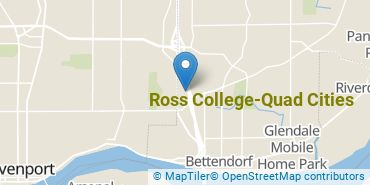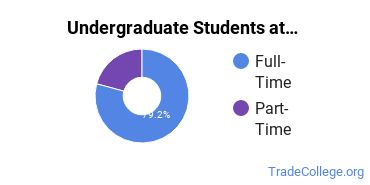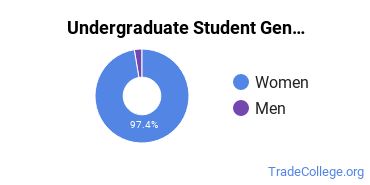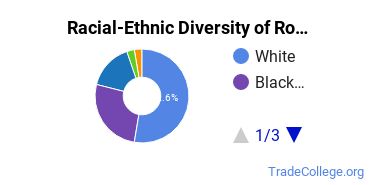Ross College-Quad Cities Trade Programs
Ross College-Quad Cities is a private for-profit institution located in Davenport, Iowa. The location of Ross College-Quad Cities is great for students who prefer living in an urban area.
Featured schools near , edit
Where Is Ross College-Quad Cities?

Contact details for Ross College-Quad Cities are given below.
| Contact Details | |
|---|---|
| Address: | 1801 East Kimberly Road, Suite B, Davenport, IA 52807-2095 |
| Phone: | 563-344-1500 |
| Website: | rosseducation.edu |
Can I Afford Ross College-Quad Cities?
Student Loan Debt
Almost 66% of college students who graduated with the class of 2018 took out student loans, but that percentage varies from school to school. At Ross College-Quad Cities, approximately 100% of students took out student loans averaging $11,924 a year. That adds up to $47,696 over four years for those students.
Ross College-Quad Cities Undergraduate Student Diversity

Gender Diversity
Of the 51 full-time undergraduates at Ross College-Quad Cities, 8% are male and 92% are female.

Racial-Ethnic Diversity
The racial-ethnic breakdown of Ross College-Quad Cities students is as follows.

| Race/Ethnicity | Number of Grads |
|---|---|
| Asian | 1 |
| Black or African American | 17 |
| Hispanic or Latino | 3 |
| White | 27 |
| International Students | 0 |
| Other Races/Ethnicities | 3 |
Ross College-Quad Cities Trade School Concentrations
The table below shows the number of awards for each concentration.
| Major | Associate’s | Undergraduate Certificate | TOTAL |
|---|---|---|---|
| Medical/Clinical Assistant | 0 | 25 | 25 |
| Occupational Therapist Assistant | 11 | 0 | 11 |
| Medical Insurance Specialist/Medical Biller | 0 | 0 | 0 |
| TOTAL | 11 | 25 | 36 |
References
*The racial-ethnic minorities count is calculated by taking the total number of students and subtracting white students, international students, and students whose race/ethnicity was unknown. This number is then divided by the total number of students at the school to obtain the racial-ethnic minorities percentage.
More about our data sources and methodologies.
Featured Schools
 Request Info
Request Info
|
Southern New Hampshire University You have goals. Southern New Hampshire University can help you get there. Whether you need a bachelor's degree to get into a career or want a master's degree to move up in your current career, SNHU has an online program for you. Find your degree from over 200 online programs. Learn More > |
